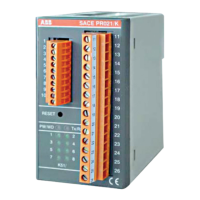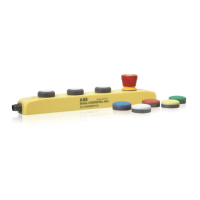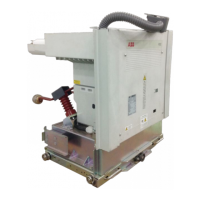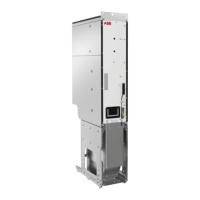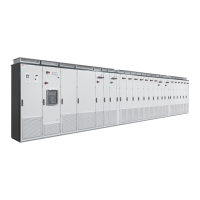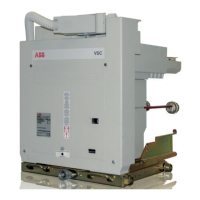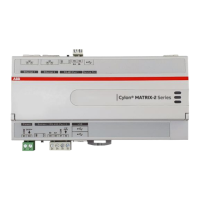17.1 Treatment of Contact Surfaces and Intersection Sufaces
Caution : Bolted or sliding contact surfaces that conduct current have an effect on the electrical
resistance of the current path. Dirty or oxidized contact surfaces increase the electrical resistance.
This may result in irreparable damage to equipment.
The following regulations must be observed :
Bolted contact surfaces
Aluminium (bolted)
1. Grease lightly
2. Remove oxide film using steel-wire brush until surface is mat grey in appearance (do not use
emery paper)
3. Wipe off contaminated grease immediately using lint-free cloth.
4. Grease immediately (approx 1 mm)
5. Bolt together treated surfaces and grease joints.
Silver-faced contact surfaces (bolted)
1. Clear with cold cleaning agent (do not destroy silver surface)
2. Grease (approx. 1 mm)
3. Bolt together treated surfaces and grease joints
Galvanized contact surfaces (bolted)
1. Clean using steel-wire brush
2. Grease immediately (approx. 1 mm)
3. Bolt together treated surfaces and grease joints
Copper (bolted)
1. Clean using brass-wire brush
2. Grease immediately (approx. 1 mm)
3. Bolt together treated surfaces and grease joints
(If copper is bolted to aluminium, place copper-plated aluminium sheet between the surfaces,
ensuring that the sheet is the following way round : Cu-Cu, Al-Al)
Sliding contact surfaces
Silver-faced contact surfaces (sliding)
1. Clean with cleaning agent (do not destroy silver surface)
2. Grease (approx. 1mm)
Copper (sliding)
1. Clean using brass-wire brush
2. Grease immediately (approx. 1mm)
Intersection surfaces
Steel parts
1. Coat with with cold zinc
(If surface previously painted, allow cold zinc to dry and re-coat with appropriate paint, observing
the following mixing ratio: Paint: Hardener = 12 : 1; cold zinc, paint, hardener and brush are
included in the scope of supply)
81/113
1HDB 050016-YN-A
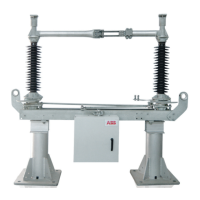
